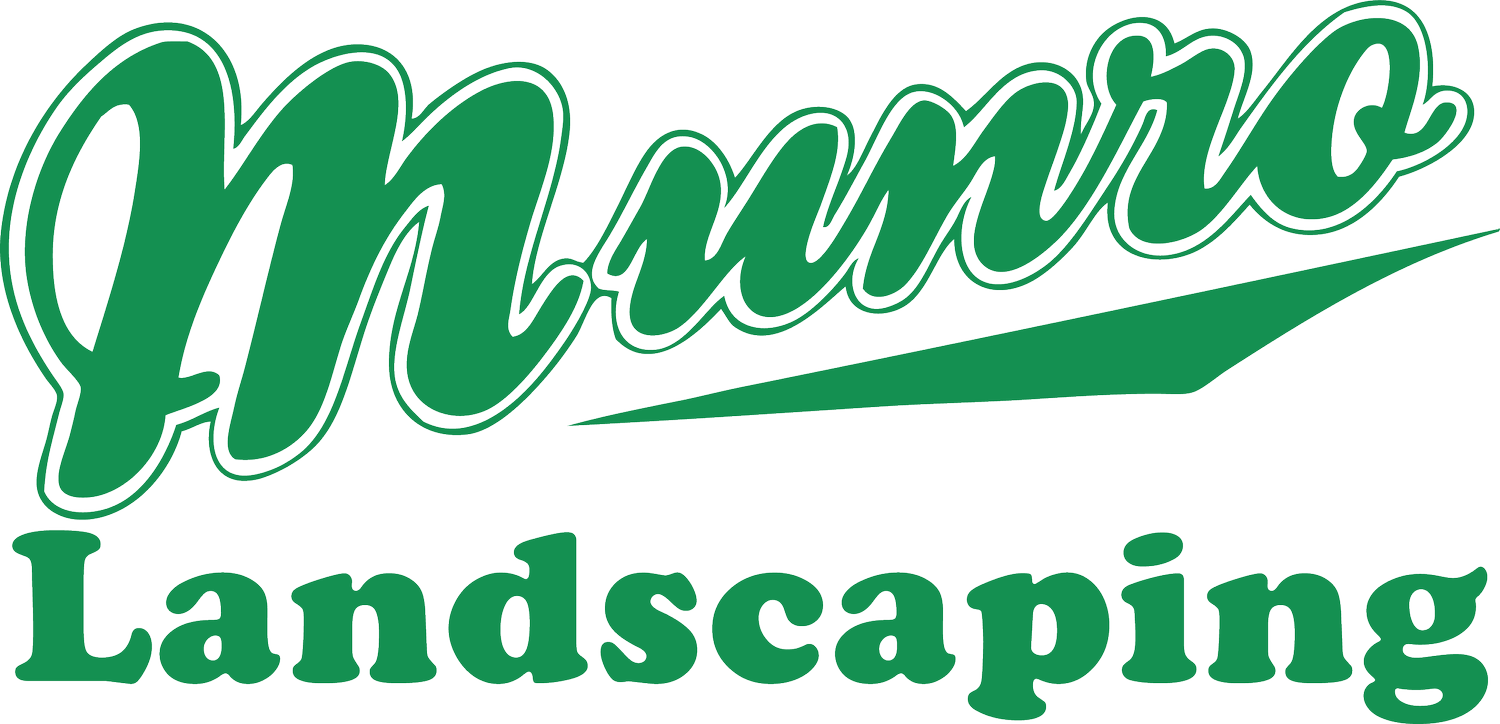How Proper Drainage Impacts the Stability and Functionality of Your Retaining Wall in the Canton, MI Area
Retaining walls serve a vital purpose in landscaping, by providing structural support and preventing soil erosion. One often overlooked aspect that significantly impacts the longevity and effectiveness of a retaining wall is proper drainage. This article will delve into the importance of adequate drainage for a retaining wall in Canton, MI, highlighting how it contributes to stability, functionality, and overall durability.
Preventing Hydrostatic Pressure Buildup
One of the primary purposes of proper drainage behind a retaining wall is to prevent the buildup of hydrostatic pressure. When water saturates the soil the wall retains, it creates pressure against the structure. Over time, this pressure can compromise the wall’s integrity, leading to bulging, cracking, or even collapse. Installing adequate drainage systems helps relieve hydrostatic pressure, to ensure the stability and longevity of the retaining wall.
Mitigating Soil Saturation and Erosion
Improper drainage can lead to excessive soil saturation retained by the wall. Saturated soil becomes heavier and loses its ability to bear the load effectively. The additional weight and lack of stability can exert undue stress on the retaining wall, compromising its integrity. Moreover, waterlogged soil can lead to erosion, weakening the wall's foundation and causing it to shift or fail. Proper drainage systems redirect water away from the wall, reducing soil saturation and minimizing erosion risks.
Preventing Freeze-Thaw Damage
Because we live in an area with freezing temperatures, retaining walls are susceptible to damage caused by the freeze-thaw cycle. When water accumulates within the soil and freezes, it expands, exerting pressure on the retaining wall. This expansion and contraction cycle can lead to cracks, fractures, and structural damage. Adequate drainage prevents water from accumulating behind the wall, reducing the risk of freeze-thaw damage and preserving the stability of the structure.
Ensuring Optimal Functionality
Proper drainage is essential for ensuring the functionality of retaining walls. Excessive water accumulation can undermine the effectiveness of the wall's intended purpose, such as providing structural support or preventing soil erosion. Allowing water to drain efficiently allows the retaining wall to perform its intended function without compromising its stability. Proper drainage also helps maintain the aesthetics of the wall, as water buildup can cause unsightly stains, mold growth, or efflorescence.
Preservation of Structural Integrity
Retaining walls are designed to withstand the forces exerted by the soil they retain. However, inadequate drainage can lead to various issues that compromise the wall's structural integrity, such as soil settlement, tilting, or bulging. Proper drainage helps maintain the stability and structural integrity of the retaining wall, minimizing the need for costly repairs or potential reconstruction.
Prevention of Water Damage to Adjacent Structures
Improper drainage behind retaining walls can result in water infiltration into adjacent structures, such as basements or foundations. Excessive water buildup can seep into these structures, causing water damage, mold growth, or structural issues. Implementing effective drainage systems directs water away from the retaining wall, reducing the risks of water-related damage to nearby structures.
About the Author
It was in the early 1970s that Phil Munro was introduced to the landscape industry. His dad, Don Munro, purchased a dump truck to deliver materials and install small landscape jobs when he had free time after work and on the weekends, and he’d bring Phil along with him. After serving in the U.S. Navy in the 1980s, Phil built on this experience to start Munro Landscaping in 1987. In 1991, he incorporated as Munro’s Landscaping and Lawn Maintenance. Over the years he developed many relationships with suppliers and builders, and the company experienced massive growth: It expanded the lawn division and started a landscape construction division in the ’90s.

